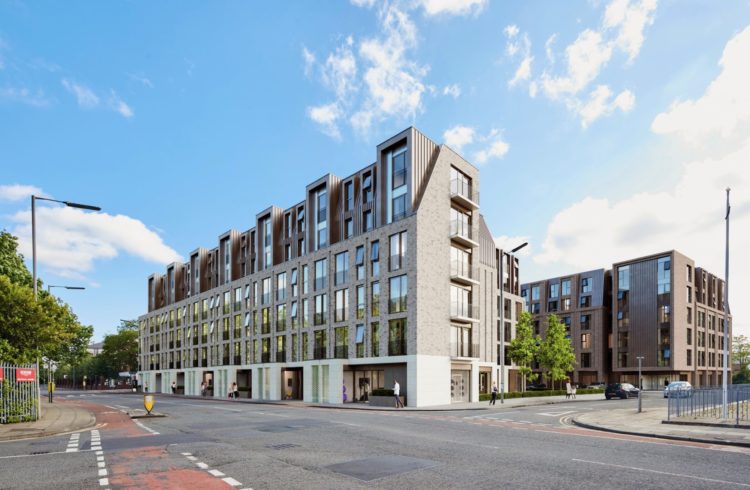Prolific developer has acquired a 0.53 hectare site in Crown Street close to the Knowledge Quarter for a development of 106 key worker homes and 182 student bedrooms. Tony McDonough reports

Developer Elliot Group is cementing its position as Liverpool’s most prolific developer with the acquisition of another city centre site.
The firm has acquired a 0.53 hectare site in Crown Street on the edge of the city’s Knowledge Quarter for a development of 106 key worker homes and 182 student bedrooms.
It announcement comes just days after it revealed it had taken over a stall student development in the London Road area of the city. It is currently on site at several city centre schemes, including the spectacular triple-tower Infinity project close to the waterfront.
Elliot Group is also planning a £15m boutique hotel at Beetham Plaza close to the Strand. That project have proved to be a controversial one as it will involved the relocation of the ‘Bucket Fountain’ art installation and the plan has met with resistance.
Vacant possession
Its new Crown Street site is currently home to a former church and a probation centre, both now closed. It was acquired with vacant possession at auction and sits within the largely Georgian Canning Street Conservation Area.
The proposed scheme, designed by the Liverpool studio of Falconer Chester Hall, will comprise two blocks rising up to six storeys fronting Crown Street and Falkner Street, stepping down to five storeys at the interface with Chancellor Court.
The development is subject to planning permission and pre-application discussions are already underway. Zerum is acting as planning consultancy.
Great amenities
Elliot founder Elliot Lawless said: “It’s a perfect location, on the edge of the Knowledge Quarter and around the corner from the women’s hospital. It’s a quiet and established residential area but with great amenities nearby.
“Paddington Village is at the end of Crown Street and we can expect to benefit from that as all the new workspace fills up.”
Crown Street was the home of the world’s first passenger railway station, opened in 1830 by the Liverpool and Manchester Railway Company. It was considered too far from the commercial centre at the time and tunnels were cut through the Edge Hill escarpment to Lime Street, where the new station opened just six years later in 1836.

